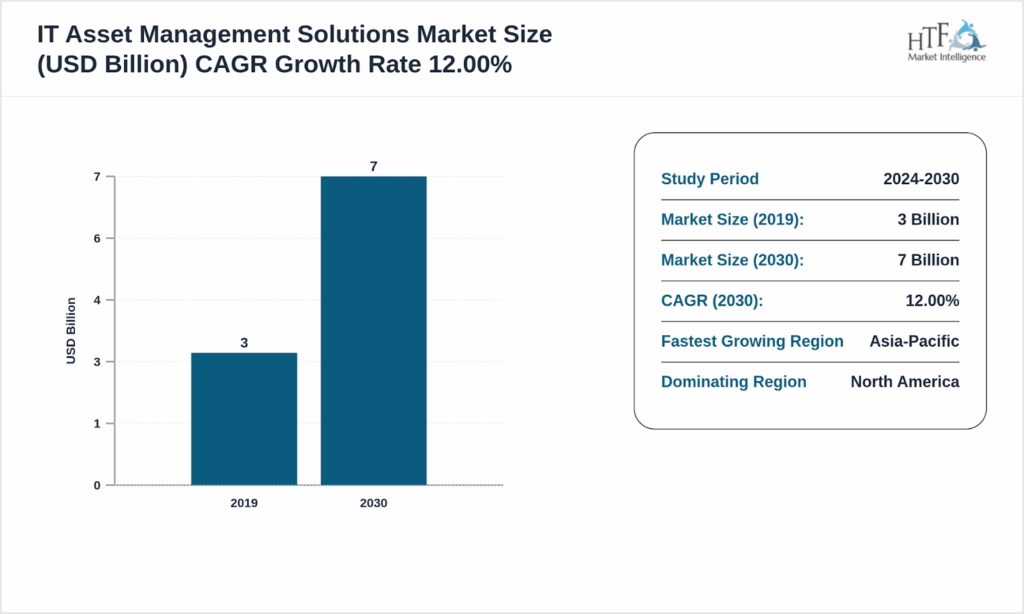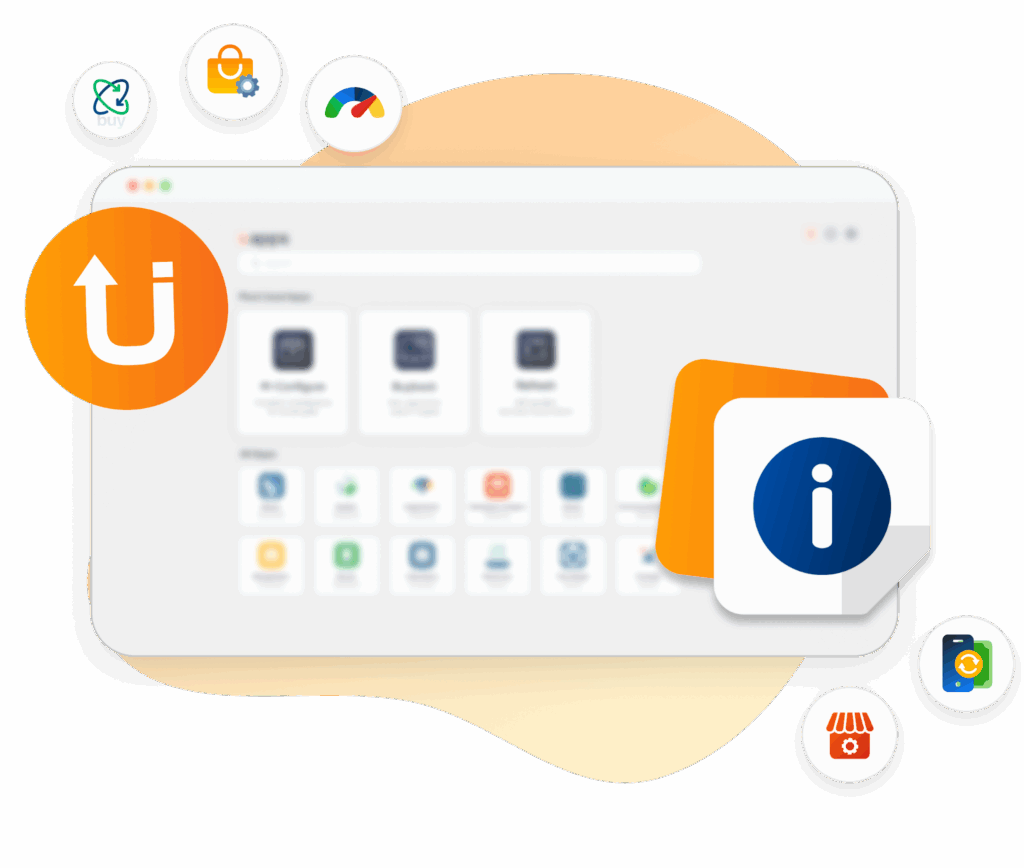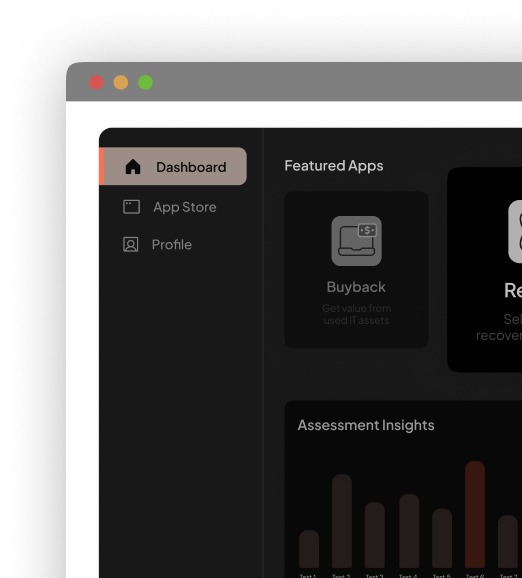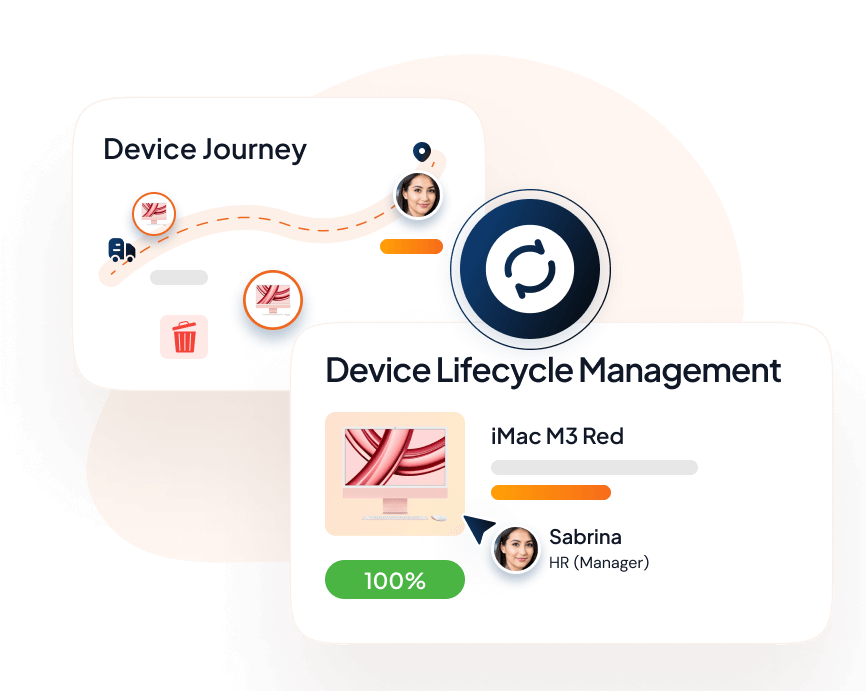Enterprises lose millions every year due to unmanaged assets and inefficient tracking. IT Asset Lifecycle Management (ITALM) changes that.
Businesses now manage entire ecosystems of assets from laptops, servers, and network devices to SaaS subscriptions and enterprise software licenses. Each carries its own financial, operational, and compliance footprint.
Key Takeaways
- ITALM turns assets into strategic growth enablers. It’s not just about tracking inventory; it connects IT, finance, and operations to maximise ROI, ensure compliance, and drive efficiency across all asset types.
- A structured five-stage lifecycle unlocks visibility and control. From planning and procurement to maintenance and disposal, ITALM ensures every stage adds measurable value and aligns with business goals.
- AI, automation, and IoT redefine modern asset management. Predictive analytics, real-time monitoring, and digital audit trails reduce downtime, improve forecasting, and strengthen governance.
- Sustainability is now a key ITALM outcome. Through refurbishment, reuse, and recycling, organisations extend asset life, reduce waste, and meet ESG and carbon reporting standards.
Yet, many organisations still treat IT asset management as a routine checklist task rather than a strategic discipline.
The result? Siloed data, redundant purchases, compliance gaps, and missed savings.
That’s where IT Asset Lifecycle Management comes in as a comprehensive framework that gives IT and business leaders the visibility and control they need to transform assets into strategic enablers of growth and efficiency.
What Is IT Asset Lifecycle Management (ITALM)?
IT Asset Lifecycle Management (ITALM) is a structured, end-to-end process for managing all organisational assets, from planning and procurement to operation and disposal, with the goal of maximising return on investment (ROI), maintaining compliance, and optimising performance.
ITALM vs. Device Lifecycle Management (DLM)
Example
Your company uses IT Asset Lifecycle Management to manage all IT assets, from 500 laptops imaged and deployed to software license renewals and SaaS contract management. DLM focuses specifically on lifecycle workflows for those devices themselves.
5 Key Stages of IT Asset Lifecycle Management
Managing assets effectively isn’t just about keeping an inventory list up to date; it’s about understanding the full journey every asset takes, from the moment it’s planned to the day it’s retired. Let’s break down what that journey looks like.

1. Planning & Budgeting
This is where everything starts. Before any purchase happens, it’s crucial to understand what the business actually needs and how those assets fit into the bigger picture. We look at lifecycle costs, maintenance expectations, and future scalability.
Example: I’ve seen finance teams work hand-in-hand with IT to align asset purchases with depreciation schedules, not just to save money but to improve long-term forecasting and cash flow planning.
2. Procurement
Once the plan is in place, it’s time to find the right vendors and negotiate the best terms. Procurement isn’t just about buying the cheapest option; it’s about ensuring standardisation, compatibility, and long-term value.
Modern twist: Digital procurement tools have been a game-changer here, automating approvals, enforcing policy-based purchases, and eliminating rogue spending that used to slip through the cracks.
3. Deployment & Operations
This is where the rubber meets the road. Assets are deployed, configured, and put to work. For IT teams, this often means ensuring every device or system integrates seamlessly with existing infrastructure.
Example: Centralised asset tracking has made my life a lot easier. Real-time visibility across all locations means fewer redundant purchases and better accountability when assets move between departments.
4. Maintenance & Optimisation
Keeping assets running smoothly is where true efficiency shows up. Preventive maintenance, usage analytics, and performance benchmarking ensure assets deliver maximum value throughout their lifespan.
Innovation spotlight: With AI and IoT sensors, we can now predict issues before they happen. Predictive maintenance not only prevents costly downtime but also helps us plan replacements and upgrades proactively instead of reactively.
5. Retirement & Disposal
Every asset eventually reaches the end of its useful life. That’s where responsible retirement comes in: decommissioning equipment, securely erasing data, and ensuring environmentally responsible disposal.
Focus: Beyond compliance with e-waste standards, this stage also reflects a company’s sustainability commitment. Recycling and refurbishing not only reduce waste but can even bring value back into the business.
How ITALM Benefits IT Leaders

IT Asset Lifecycle Management acts as a bridge between IT, operations, and finance, creating a unified view of asset health and value.
Key benefits include:
- Reduced lifecycle costs and improved capital planning
- Better compliance and audit readiness
- Enhanced asset utilization and sustainability tracking
- Stronger financial governance through full lifecycle visibility
According to a McKinsey report, retailers that implement structured ALM practices can reduce maintenance costs by up to 30% and extend asset life by 20%.
Source

The global IT Asset Management (ITAM) market is expected to grow from USD 3.0 billion in 2025 to USD 7.0 billion by 2030, at a CAGR of approximately 12.00%, reflecting the rising demand for intelligent lifecycle solutions.
Best Practices for IT Asset Lifecycle Management
1. Establish a Unified Asset Registry
Create a single source of truth by consolidating IT, operational, and physical assets into one system (integrated with your CMDB or ERP).
2. Automate Asset Monitoring
Implement IoT and AI-based monitoring for real-time insights into asset health and performance.
Example: Predictive analytics alerts maintenance teams before failures, saving time and reducing downtime.
3. Apply Lifecycle Cost Analysis
Go beyond the initial purchase price. Evaluate total costs, from acquisition to maintenance and disposal, to make smarter investment decisions.
4. Strengthen Governance and Compliance
Align asset management policies with global standards such as ISO 27001.
Pro Tip: Use digital audit trails to ensure transparency and regulatory readiness.
5. Drive Sustainability Through Circular Asset Models
Extend the useful life of assets through refurbishment, reuse, and recycling.
This approach supports corporate ESG initiatives and reduces environmental footprint.
Common Challenges of ITALM
The Future of IT Asset Lifecycle Management

The future of IT Asset Lifecycle Management (ITALM) is defined by three forces: AI, automation, and sustainability, transforming how organizations manage and measure asset value.
1. AI-Driven Asset Intelligence
AI is turning asset data into smart insights. Predictive analytics can forecast failures, recommend replacements, and automate lifecycle decisions, improving uptime and reducing manual oversight.
2. As-a-Service Models
Ownership is shifting toward as-a-service models like Platform-as-a-Service (PaaS) and Device-as-a-Service (DaaS). These flexible, subscription-based approaches lower upfront costs and simplify maintenance.
3. Sustainability Metrics
Organizations now measure asset success not just by ROI but by environmental impact. Circular models refurbishment, reuse, and recycling support ESG goals and carbon reporting standards.
FAQs
Q1: How do businesses calculate the total cost of ownership (TCO) or lifecycle cost of an asset?
Businesses calculate TCO by adding all costs across an asset’s lifecycle, from acquisition, operation, and maintenance to disposal to understand true value and ROI.
Q2: Which technologies (IoT, AI, ERP, CMDB) are essential for modern ITALM and how do they integrate?
IoT enables real-time tracking, AI predicts maintenance, ERP connects financial workflows, and CMDB centralizes asset data, together creating a unified, intelligent ALM ecosystem.
Q3: How do you decide when an asset should be retired or replaced?
Assets are retired when maintenance costs exceed value or performance drops below business needs, backed by predictive insights from ALM analytics.
Q4: What are the main types of IT assets?
They include IT assets (hardware/software), physical infrastructure, digital resources, and intangible assets like licenses or intellectual property.






